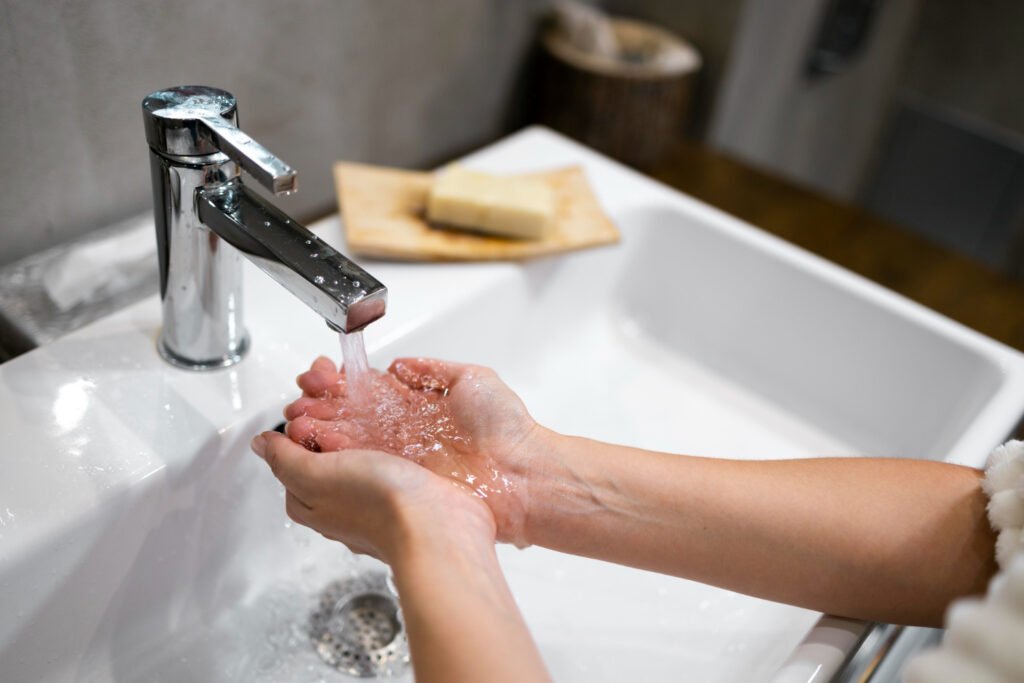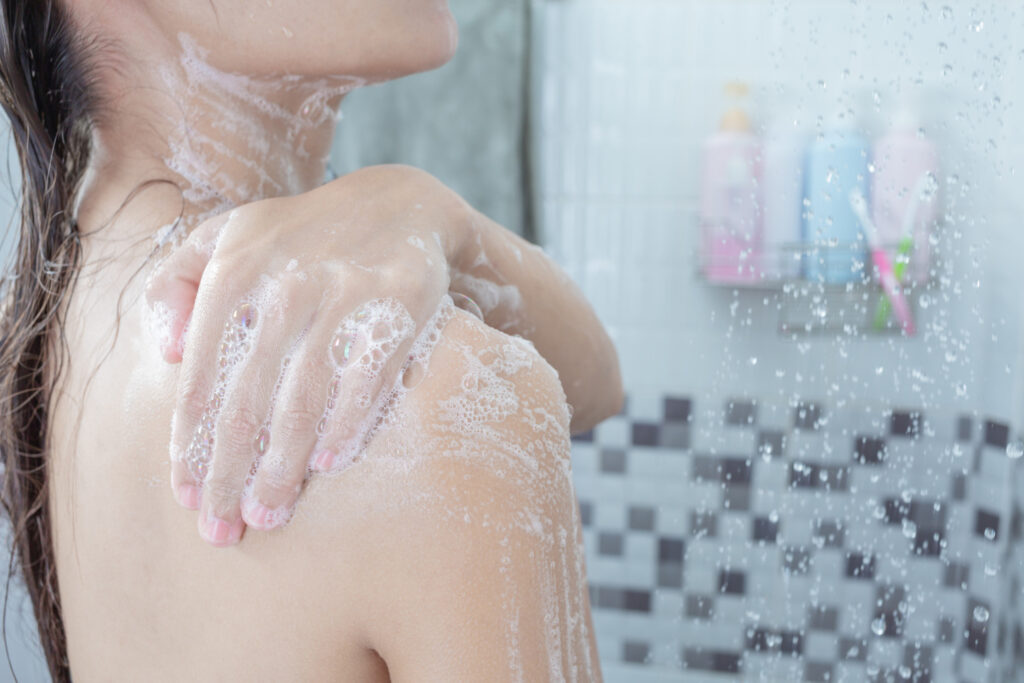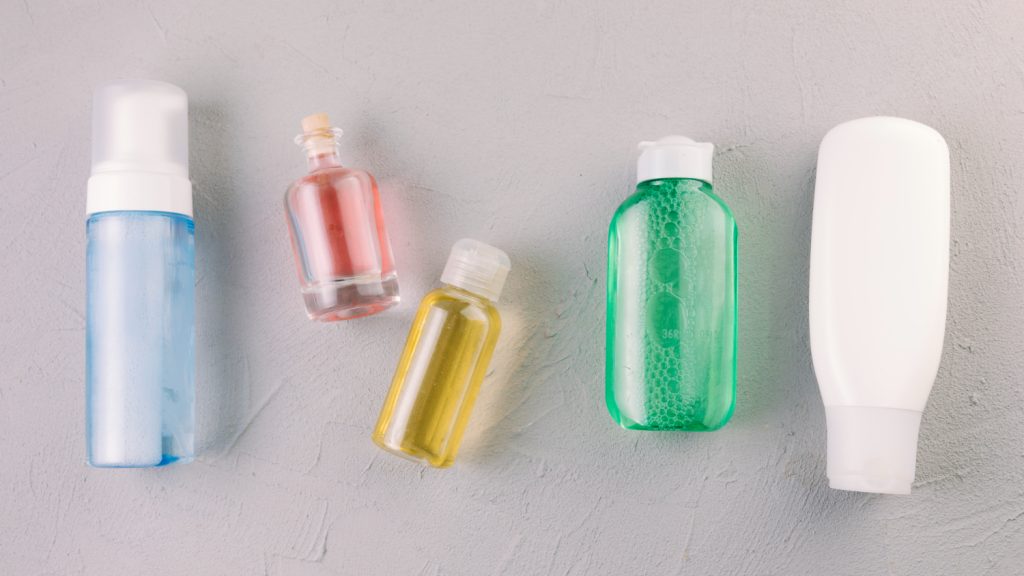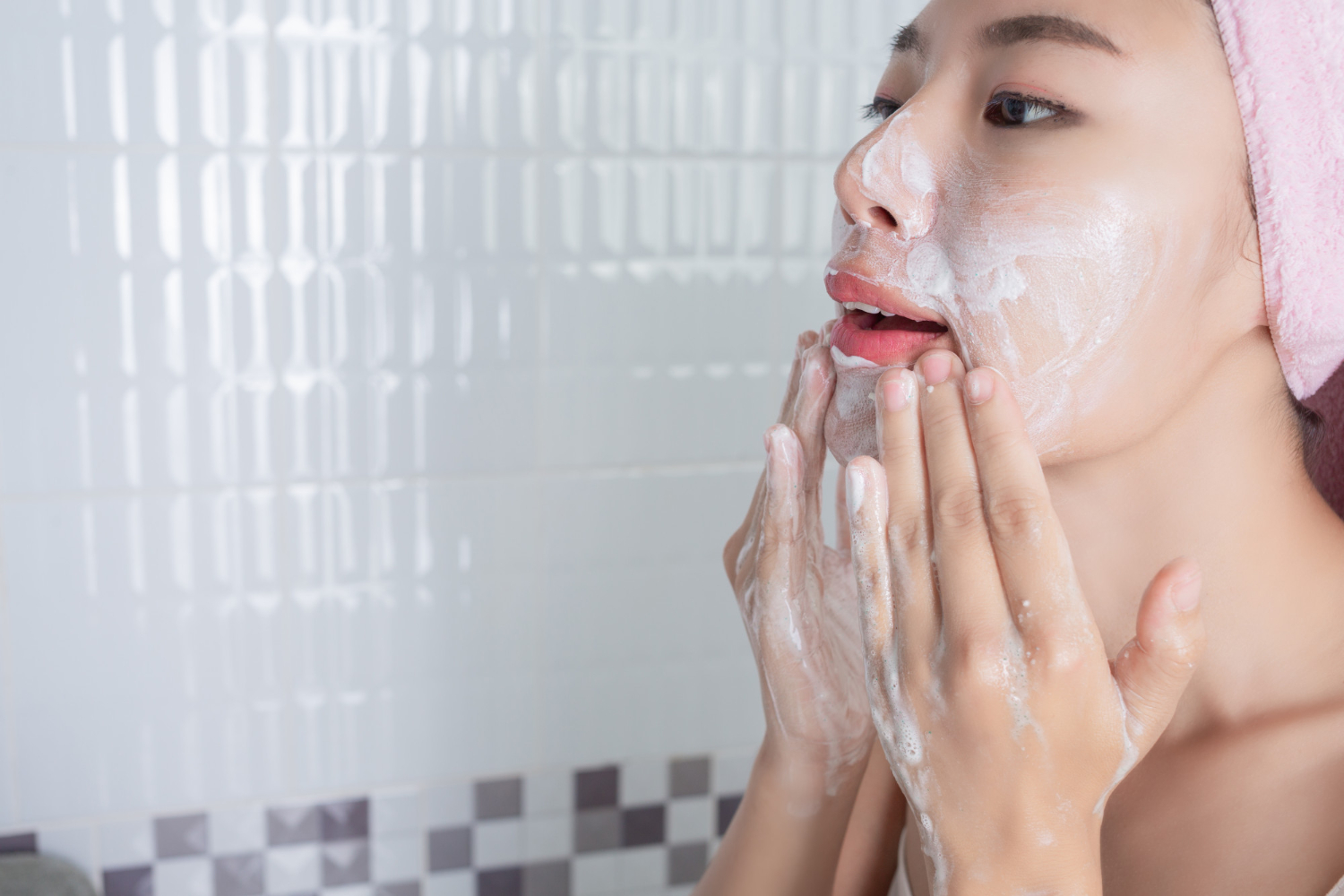Introduction
In the quest for healthy, glowing skin, a proper cleansing routine is essential. However, many individuals unknowingly make mistakes that can hinder their skin’s health and appearance. This article will explore the top five common mistakes people make with their cleansing routines and provide actionable solutions to avoid them. By addressing these pitfalls, you can enhance your skincare regimen and promote a clearer complexion.
The Importance of a Proper Cleansing Routine
A cleansing routine is vital for removing dirt, oil, makeup, and environmental pollutants that accumulate on the skin throughout the day. Proper cleansing helps to maintain skin balance, preventing issues such as acne, irritation, and premature aging. Additionally, a well-executed cleansing routine can enhance the effectiveness of subsequent skincare products, ensuring that your skin receives the full benefits of serums, moisturizers, and treatments.

Mistake 1: Not Washing Your Hands Before Cleansing
One of the most overlooked steps in a cleansing routine is washing your hands before applying any products to your face. Clean hands are crucial to preventing the transfer of bacteria and dirt onto your skin. When you cleanse with unwashed hands, you risk contaminating your skin, which can lead to breakouts and irritation.
The Role of Clean Hands in Skin Health
Hands can harbor a variety of germs, oils, and dirt that can negatively impact your skin. By taking the time to wash your hands thoroughly before touching your face, you significantly reduce the risk of introducing unwanted substances to your skin. This small but essential step lays the foundation for effective cleansing.
Tips for Effective Hand Washing
- Use soap and warm water for at least 20 seconds.
- Ensure you clean between your fingers and under your nails.
- Rinse thoroughly and dry with a clean towel.
Incorporating proper hand washing into your routine is a simple yet effective way to promote better skin health.
Mistake 2: Using Hot Water for Cleansing
Another common error is using hot water during the cleansing process. While hot water may feel soothing, it can strip the skin of its natural oils, leading to dryness and irritation. Hot water can also exacerbate conditions like eczema and rosacea, making it essential to be mindful of the temperature you use.
The Effects of Temperature on Skin
Hot water can increase blood flow to the skin, causing redness and sensitivity. It disrupts the skin’s barrier function, which can result in moisture loss. Conversely, using cold water can help to tighten pores and reduce inflammation, making it a better choice for those with sensitive skin.
Recommended Water Temperature
The ideal water temperature for cleansing is lukewarm. This temperature effectively removes dirt and oil without compromising the skin’s moisture barrier. A good practice is to test the water on your wrist before applying it to your face to ensure it’s not too hot.

Mistake 3: Over-Cleansing Your Skin
Many people believe that cleansing more frequently will yield better results, but over-cleansing can have the opposite effect. Excessive cleansing strips the skin of its natural oils, leading to dryness, irritation, and an overproduction of sebum as the skin attempts to compensate.
Signs of Over-Cleansing
Common signs of over-cleansing include tightness, redness, flakiness, and increased breakouts. If you notice these symptoms, it may be time to reevaluate your cleansing routine. Over-cleansing can disrupt the skin’s natural balance, making it more vulnerable to irritation and damage.
How Often Should You Cleanse?
For most skin types, cleansing twice a day—morning and night—is sufficient. Individuals with oily skin may benefit from an additional cleanse, while those with dry or sensitive skin may need to scale back to once a day. Listen to your skin’s needs and adjust accordingly.
Mistake 4: Neglecting to Remove Makeup Before Cleansing
Failing to remove makeup before cleansing can lead to clogged pores and breakouts. Many people believe that a single cleanse is enough, but makeup residues can linger, preventing your skin from being properly cleaned. This is particularly true for long-wear and waterproof products, which require special attention.
The Importance of Double Cleansing
Double cleansing is an effective method for ensuring that all makeup and impurities are thoroughly removed. The first cleanse typically involves an oil-based cleanser or micellar water, which breaks down makeup and excess oil. The second cleanse uses a gentle foaming or cream cleanser to remove any remaining residue.
Best Practices for Makeup Removal
- Start with an oil-based cleanser or micellar water.
- Use a cotton pad or clean cloth to gently wipe away makeup.
- Follow up with your regular facial cleanser.
By incorporating makeup removal into your cleansing routine, you enhance the effectiveness of your skincare products and minimize the risk of breakouts.

Mistake 5: Choosing the Wrong Cleanser for Your Skin Type
Selecting the appropriate cleanser for your skin type is crucial for maintaining skin health. Using the wrong product can lead to issues such as dryness, irritation, or excessive oiliness. It’s essential to choose a cleanser that caters to your skin’s specific needs.
Identifying Your Skin Type
Skin types generally fall into four categories: normal, oily, dry, and combination. Understanding your skin type is the first step in selecting the right cleanser. Pay attention to how your skin behaves throughout the day. For instance, if your skin feels tight and flaky, you likely have dry skin. Conversely, if it appears shiny and feels greasy, you may have oily skin.
How to Select the Right Cleanser
Once you’ve identified your skin type, look for cleansers formulated to address its specific needs. Here are some general guidelines:
- Normal skin: A gentle foaming or cream cleanser works well.
- Oily skin: Opt for a gel-based or salicylic acid cleanser.
- Dry skin: Choose a creamy or hydrating cleanser with moisturizing ingredients.
- Combination skin: Look for a balanced cleanser that doesn’t strip essential moisture.
Choosing the right cleanser promotes a balanced complexion and supports overall skin health.
Conclusion
In summary, addressing common mistakes in your cleansing routine can dramatically improve your skin’s health and appearance. By washing your hands before cleansing, using lukewarm water, avoiding over-cleansing, removing makeup properly, and selecting the right cleanser for your skin type, you can revolutionize your skincare regimen.
Recap of Common Mistakes
- Not washing hands before cleansing.
- Using hot water for cleansing.
- Over-cleansing the skin.
- Neglecting to remove makeup before cleansing.
- Choosing the wrong cleanser for your skin type.
Encouragement to Revise Your Cleansing Routine
Take a moment to evaluate your current cleansing routine and consider implementing these tips. Your skin will thank you for it, resulting in a healthier, more radiant complexion.
FAQs
What is double cleansing?
Double cleansing involves using two different types of cleansers to thoroughly clean the skin. The first cleanse typically removes makeup and excess sebum, while the second cleanse provides a deeper clean.
How do I know my skin type?
Observe how your skin behaves throughout the day. If it feels tight and flaky, you may have dry skin. If it appears shiny, you likely have oily skin. Combination skin has both oily and dry areas.
Can I use the same cleanser for morning and night?
Yes, but make sure the cleanser is suitable for both uses. For those with specific skin concerns, you may want to consider different formulations for morning and night.
How long should I cleanse my face?
Spend about 30 seconds to a minute cleansing your face, ensuring that you cover all areas without over-exfoliating or scrubbing too harshly.
What should I do if my skin feels dry after cleansing?
If your skin feels dry after cleansing, try using a more hydrating cleanser, reducing the frequency of cleansing, or applying a moisturizer immediately after cleansing.




